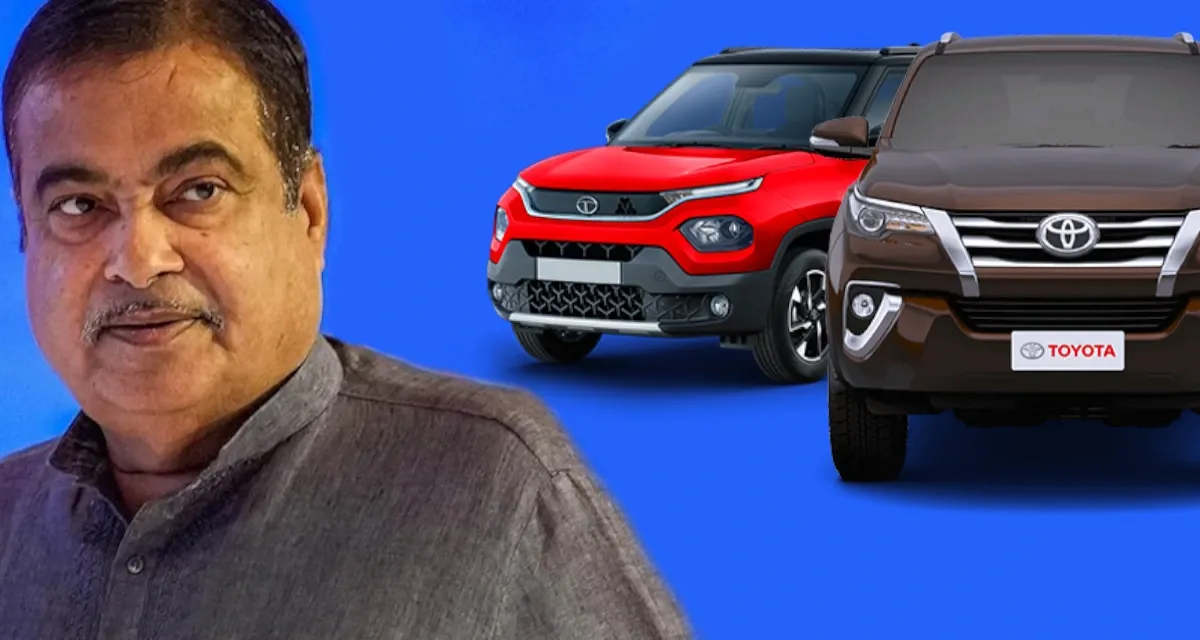

In a groundbreaking announcement that has reverberated across India's automotive landscape, former Union Minister Nitin Gadkari has set forth an audacious goal: the complete eradication of traditional petrol and diesel vehicles over the following decade. Gadkari’s audacious plan for the development of India’s automotive industry with cleaner solutions is apparent in his vision to make the country environmentally suitable for eco-friendly modes of transport.
Speaking at a public rally, Nitin Gadkari gave a visual picture of a future where there would be no petrol and diesel cars ever, thus emphasizing of government’s commitment towards electric vehicles. In a bid to further enhance its objective of reducing emissions, Gadkari said, “I want to remove diesel and petrol vehicles from this country within 10 years” – these statements imply a definitive shift in towards the utilization of electric vehicles (EVs) as an acceptable mode of transport. In arguing these issues, Gadkari dwelt on the relatively low cost of electricity in comparison with conventional fuel, indicating that the shift to e-scooters, cars, and buses for instance, offer immense dividends to consumers.
Gadkari's vision for a petrol and diesel-free India is not merely aspirational but rooted in practicality and determination. While the ambitious nature of the goal may raise eyebrows, Gadkari remains steadfast in his conviction, asserting that the transition is not only feasible but imperative for the nation's sustainable development. "One hundred per cent. It is difficult but not impossible. This is my vision," Gadkari affirmed, exuding confidence in the government's ability to realize this ambitious objective.
While India has witnessed a significant uptick in the adoption of electric vehicles in recent years, numerous challenges lie ahead on the path to achieving Gadkari's ambitious vision. Chief among these challenges is the inadequacy of EV charging infrastructure, which poses a significant barrier to widespread adoption. Despite the growing popularity of electric cars and two-wheelers, the current infrastructure remains insufficient to support the mass transition away from petrol and diesel vehicles. Additionally, the high upfront cost of electric vehicles presents a formidable obstacle for many consumers, underscoring the need for innovative financing solutions and government incentives to spur adoption.
Recognizing the need for an interim solution, Gadkari has pledged to reduce the GST on hybrid vehicles, positioning them as a viable alternative amidst the transition to electric mobility. Hybrid vehicles, which combine traditional internal combustion engines with electric propulsion systems, offer a compelling compromise between the efficiency of electric vehicles and the convenience of traditional petrol and diesel engines. With their ability to reduce fuel consumption and emissions, hybrid vehicles serve as a pragmatic bridge towards achieving Gadkari's long-term vision of a petrol and diesel-free India.
As India embarks on the journey towards a greener automotive future, the road ahead is fraught with challenges yet brimming with opportunities. The government must prioritize the expansion of EV charging infrastructure, incentivize the adoption of electric vehicles through subsidies and tax incentives, and foster collaboration between the public and private sectors to drive innovation and investment in sustainable mobility solutions. By harnessing the collective will and ingenuity of stakeholders across the automotive ecosystem, India can emerge as a global leader in the transition to clean, renewable transportation.
Nitin Gadkari's bold vision to eliminate petrol and diesel vehicles within a decade represents a pivotal moment in India's quest for sustainable development and environmental stewardship. With unwavering determination and visionary leadership, Gadkari and the government are charting a course towards a future powered by clean energy and propelled by innovation. As India accelerates its transition towards electric mobility, the journey may be challenging, but the destination promises a brighter, greener tomorrow for generations to come.
Also Read: